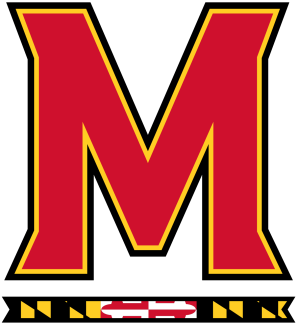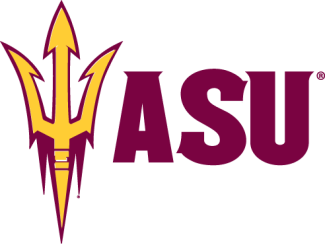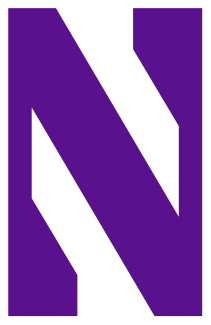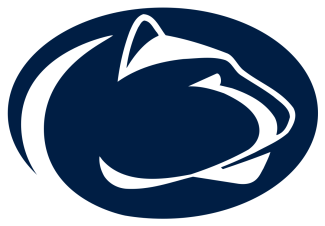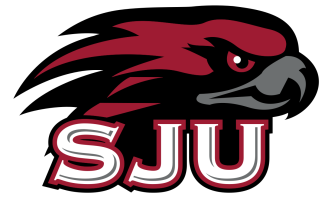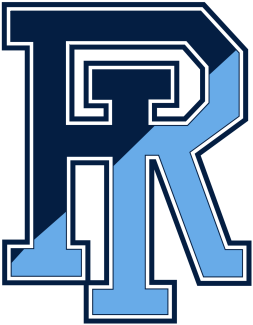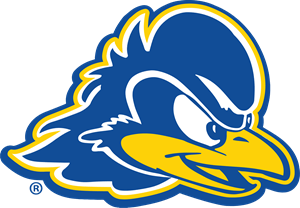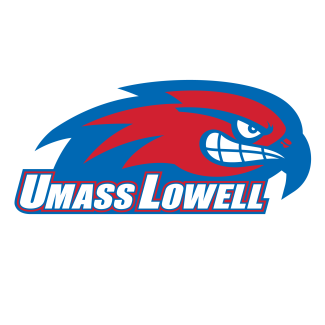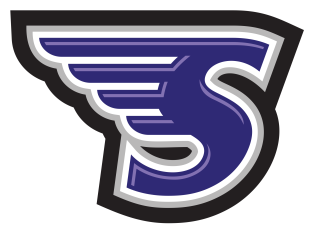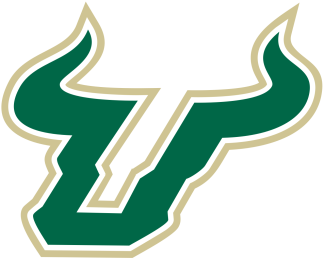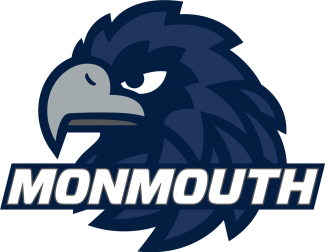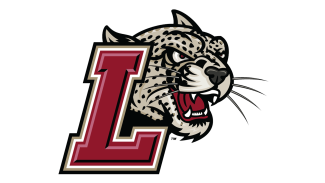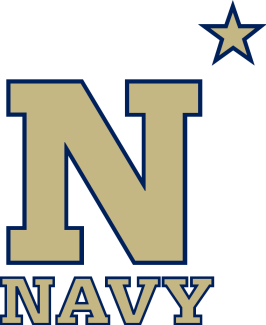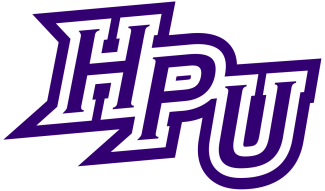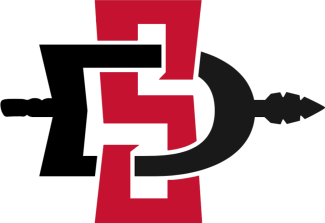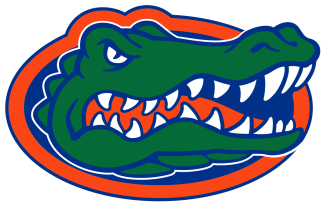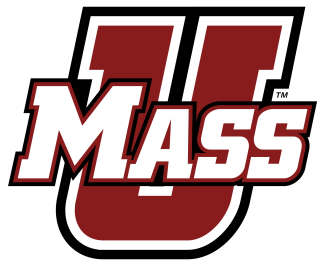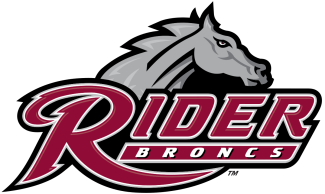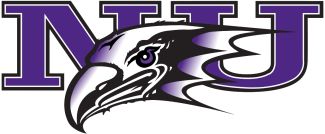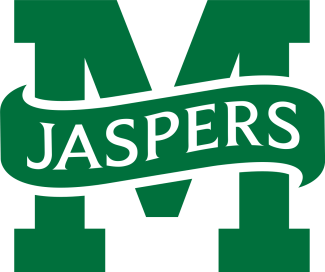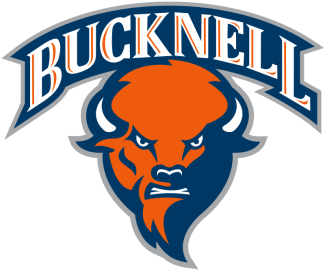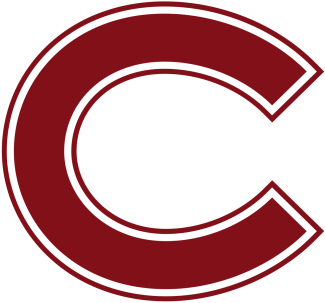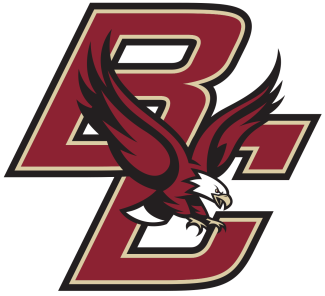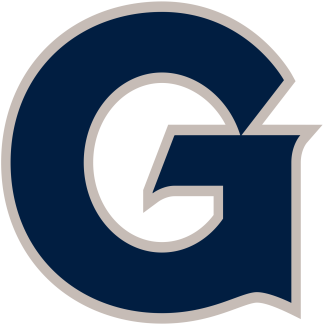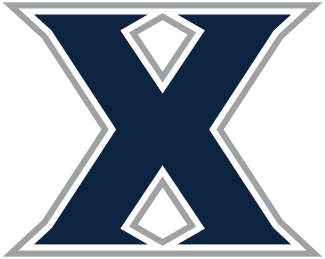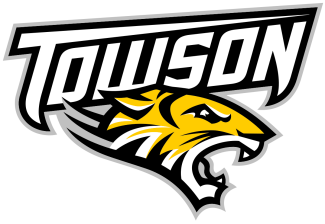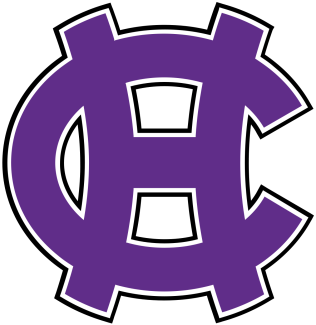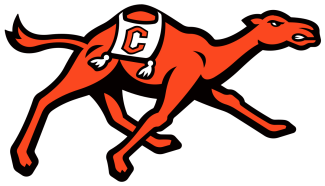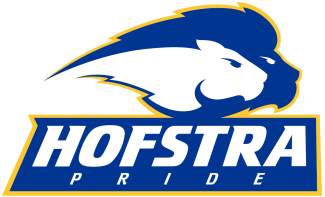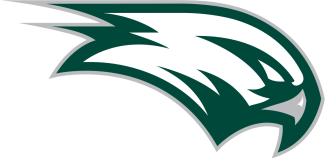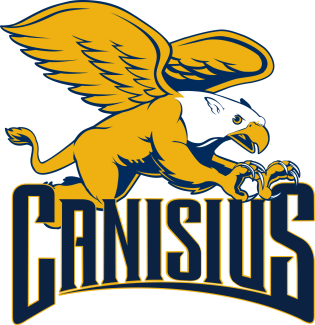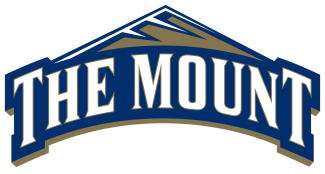But Ierlan’s season, and Albany’s for that matter, did not get off to a strong start. He went 6-for-21 against Syracuse’s Ben Williams, and the Great Danes fell 10-9 at the Carrier Dome.
“I thought we could give ourselves a chance and we’d be in all the games,” Ierlan said of his faceoff unit. “Right after we played Syracuse, I had to rethink everything. I was like ‘Wow. 30 percent? I don’t remember the last time I was that bad.’”
But Marr and his staff didn’t lose faith. Ierlan remained the primary faceoff man, winning 54 of 76 faceoffs in the next three games, with 34 ground balls to go with the strong showing. At that point, Ierlan said he started to settle into his position.
He tore through a relatively solid faceoff list in the America East, leading the conference in faceoff percentage. And in turn, Albany swept its conference schedule, winning games by an average of 7.6 goals per game.
The Albany offense has rivaled that of the Lyle and Myles Thompson-led Great Danes’ from 2013-2015. The difference between those teams, however, has been faceoff play. In that three-year span, Albany won less than 50 percent of its faceoffs — 49.7, 41 and 45.8 percent respectively.
“In years past, we have had our offense struggle to get the ball,” Marr said. “Now, we’re fortunate that we can go out and win some on our own and have more possessions than we’ve had in the past. It does a world of good for our offense and defense. We’re fortunate that it’s worked out.”
Now, Marr and his team has a special player at the faceoff position. Ierlan has helped the Great Danes win 15 of 16 games leading into the NCAA quarterfinals. The only loss? The same Maryland team that Albany faces on Sunday.
Ierlan said he followed Maryland's primary faceoff man, Austin Henningsen, as he got the attention of school around the country in high school. In their first matchup, Ierlan won 16 of 27 faceoffs against the Terps, including all three against Henningsen.
But he’s not too concerned about his faceoff percentage. He wants to help Albany advance to its first final four in school history.
“At the beginning of the year, I was just trying to get my first faceoff win, and I barely got that against Syracuse,” he said. “After that game. I said ‘I’ll be lucky if I go 40 percent.’ Things just started happening. I didn't see it playing out like this. But I’d definitely trade 70 percent to make a final four and have a chance to win a national title.”





